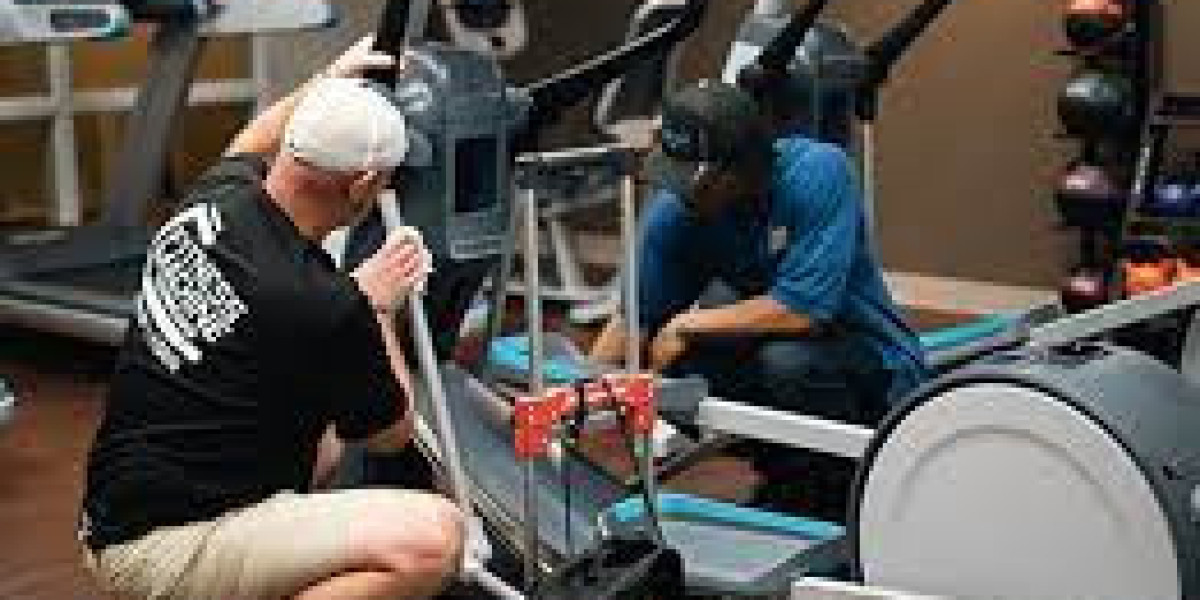When it comes to maintaining a safe gym environment, regular inspection of safety equipment is crucial. This practice not only protects gym-goers from injuries but also helps maintain the overall integrity of the facility. This comprehensive guide covers the essential aspects of gym safety equipment inspection, from the types of equipment to inspect to the best practices for ensuring everything is in top condition.
1. Introduction to Gym Safety Equipment
Gym safety equipment encompasses a variety of items designed to prevent injuries and accidents during workouts. This includes:
- Cardiovascular Machines: Treadmills, ellipticals, stationary bikes
- Strength Training Equipment: Free weights, weight machines, resistance bands
- Protective Gear: Mats, gloves, belts
- Emergency Equipment: First aid kits, fire extinguishers, emergency exits
2. Why Regular Inspection is Crucial
Regular inspections are vital to:
- Prevent Accidents: Ensure all equipment functions correctly to avoid malfunctions that could lead to injuries.
- Maintain Equipment Longevity: Proper maintenance extends the lifespan of gym equipment.
- Comply with Regulations: Meet health and safety regulations to avoid legal issues.
3. Inspection Checklist for Cardiovascular Machines
Treadmills
- Check the Belt: Ensure it's properly aligned and has adequate tension.
- Inspect the Motor: Listen for unusual noises and check for smooth operation.
- Test the Controls: Confirm that speed and incline settings are functioning correctly.
Ellipticals
- Examine the Pedals: Look for signs of wear or looseness.
- Inspect the Stride Mechanism: Ensure it operates smoothly without any squeaks or resistance.
- Check the Display Console: Verify that it accurately tracks workout metrics.
Stationary Bikes
- Test the Seat and Handlebars: Ensure they are securely attached and adjustable.
- Inspect the Pedals: Check for any wobbling or damage.
- Examine the Resistance Mechanism: Confirm it's working properly.
4. Inspection Checklist for Strength Training Equipment
Free Weights
- Check for Damage: Inspect weights for cracks or chips.
- Ensure Proper Storage: Verify that weights are neatly stored and organized.
Weight Machines
- Inspect Cables and Pulleys: Look for signs of fraying or wear.
- Check Seat Adjustments: Ensure they are functioning and locking correctly.
- Examine Safety Pins and Locks: Verify they are in good condition and working properly.
Resistance Bands
- Inspect for Tears: Check for any signs of wear or damage.
- Ensure Proper Attachment: Confirm that bands are securely attached to their anchors.
5. Inspection Checklist for Protective Gear
Mats
- Check for Tears or Wear: Ensure mats are in good condition and free from significant damage.
- Inspect for Cleanliness: Keep mats clean to prevent bacterial growth.
Gloves and Belts
- Examine for Wear and Tear: Look for fraying, cracks, or other signs of damage.
- Ensure Proper Fit: Verify that gloves and belts fit properly and provide adequate support.
6. Emergency Equipment Inspection
First Aid Kits
- Check Supplies: Ensure that all necessary items (bandages, antiseptics, etc.) are stocked and within their expiration dates.
- Inspect the Kit: Make sure the kit is easily accessible and in good condition.
Fire Extinguishers
- Check Pressure Levels: Verify that the pressure gauge indicates the extinguisher is charged.
- Inspect the Location: Ensure the extinguisher is placed in a visible, accessible location.
7. Best Practices for Conducting Inspections
- Create a Schedule: Establish a regular inspection schedule (e.g., daily, weekly, monthly) based on the equipment's usage and manufacturer recommendations.
- Document Inspections: Keep detailed records of inspections, noting any issues and actions taken.
- Train Staff: Ensure gym staff are trained to perform inspections and identify potential hazards.
- Address Issues Promptly: Act quickly to repair or replace any equipment that fails inspection.
8. Conclusion
Routine inspection of gym safety equipment is essential for maintaining a safe and functional workout environment. By following this comprehensive guide, gym owners and staff can minimize the risk of injuries, extend the life of their equipment, and ensure compliance with safety regulations. Prioritizing safety through regular inspections ultimately benefits everyone who uses the gym, contributing to a healthier, safer fitness experience.



